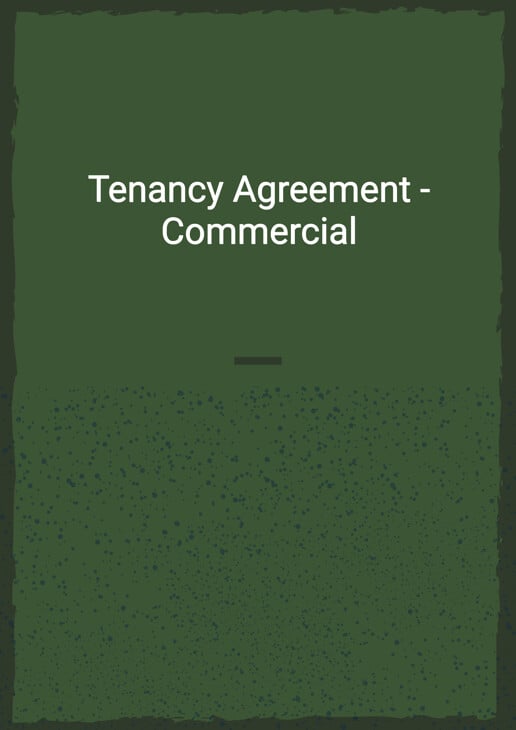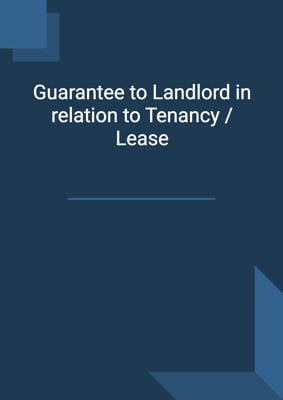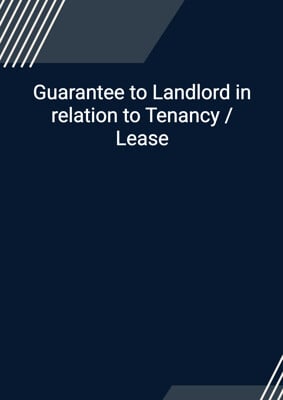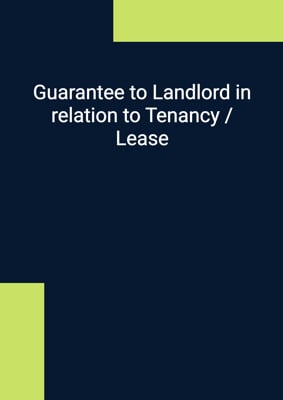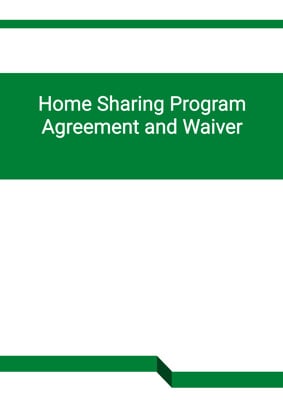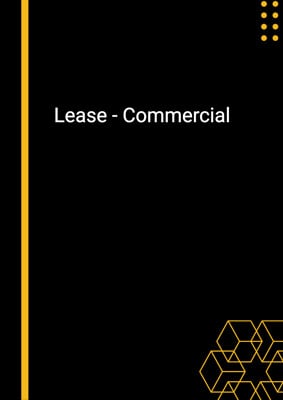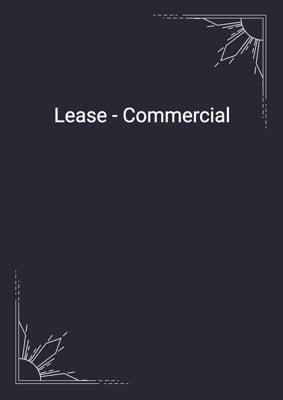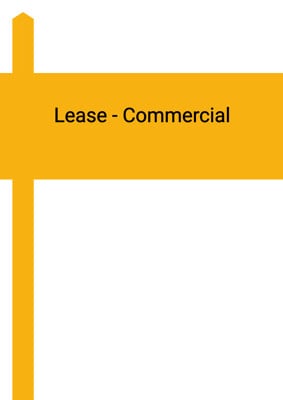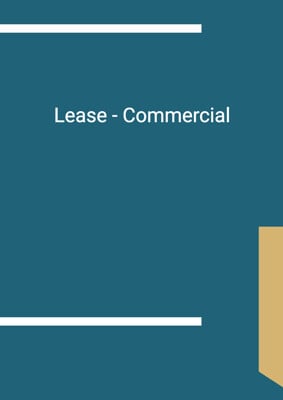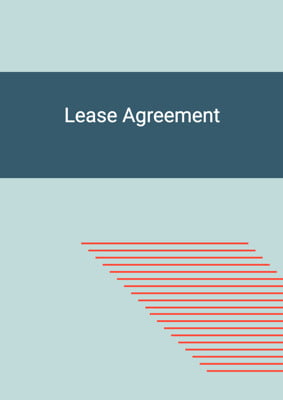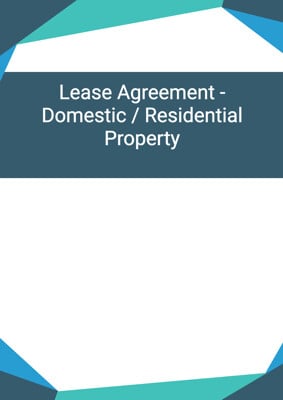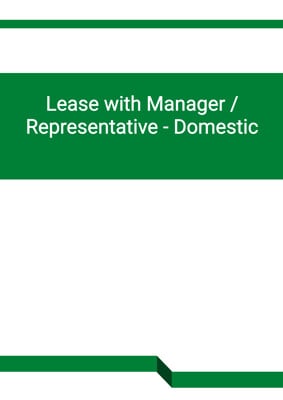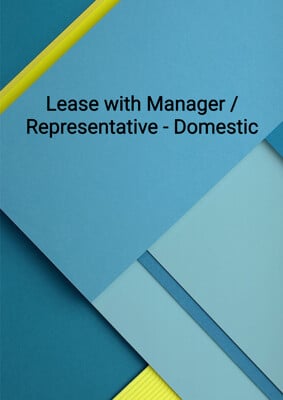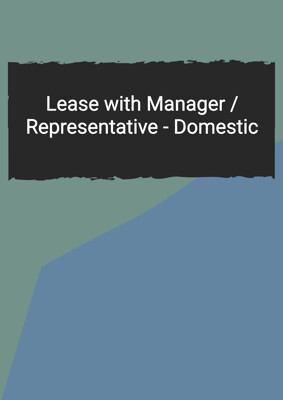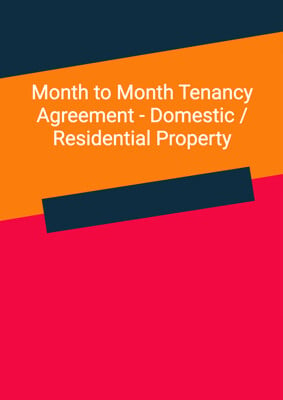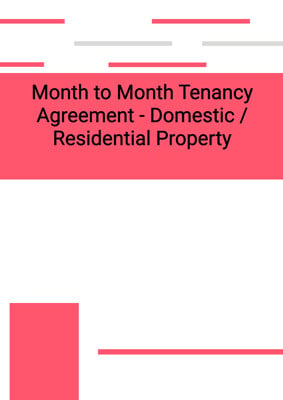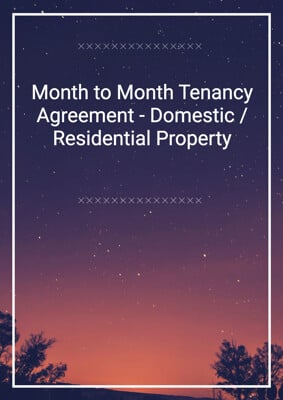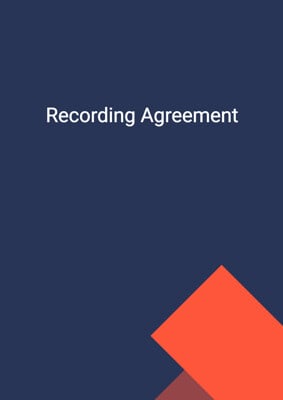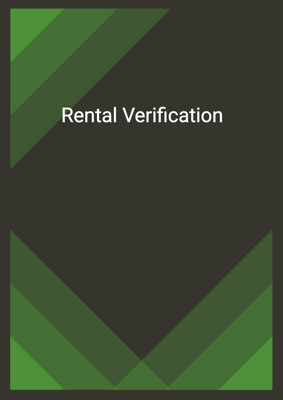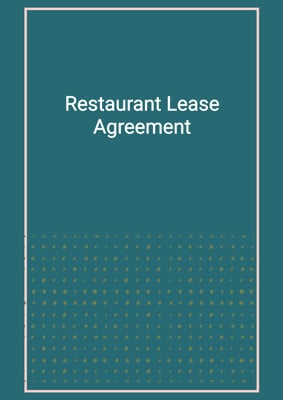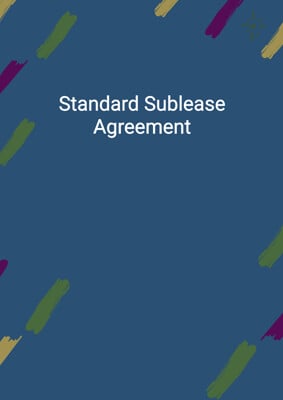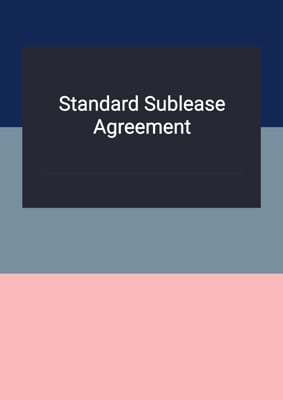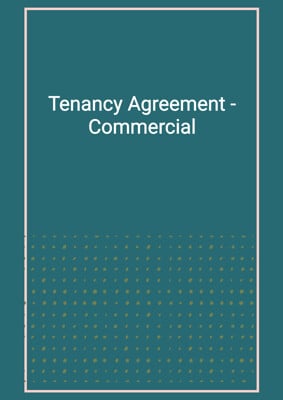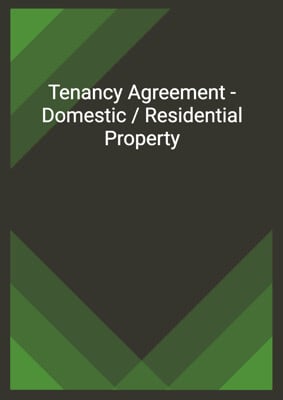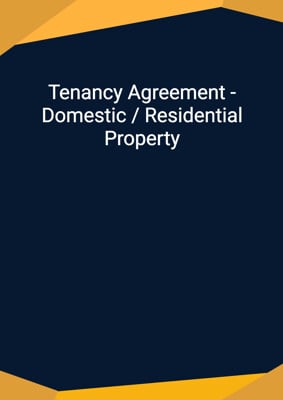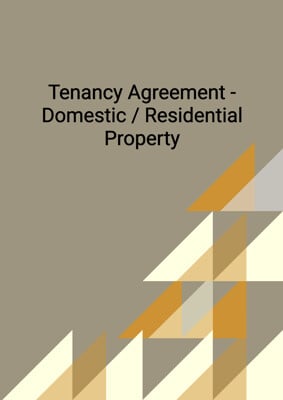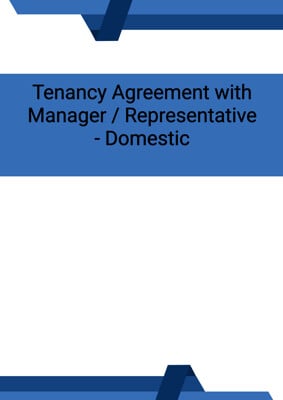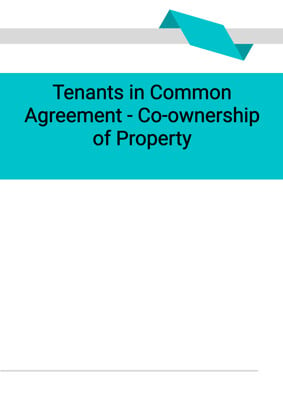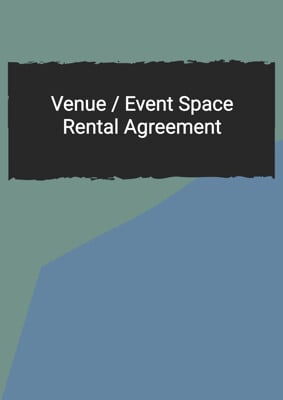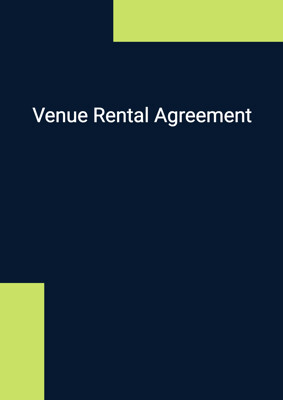How to Tailor the Document for Your Need?
01
Create Document
Fill in the details of the parties. You can click the "Fill with Member’s Information" button to complete it with information saved to your account.
02
Fill Information
Please fill in any additional information by following the step-by-step guide on the left hand side of the preview document and click the "Next" button.
03
Get Document
When you are done, click the "Get Document" button and you can download the document in Word or PDF format.
04
Review Document
Please get all parties to review the document carefully and make any final modifications to ensure that the details are correct before signing the document.
Document Preview
Document Description
The Tenancy Agreement - Commercial is a legally binding document that outlines the terms and conditions of a lease agreement between the landlord and the tenant for a commercial property. This document is of utmost importance as it sets out the rights and responsibilities of both parties, ensuring a smooth and mutually beneficial tenancy.
The entire document is divided into several sections, each addressing specific aspects of the tenancy agreement. The first section, titled 'Tenancy', establishes the agreement to lease the premises for commercial purposes. It specifies the address of the premises, the total area, and the condition in which the premises will be leased to the tenant.
The second section, 'Term of Tenancy', outlines the duration of the lease agreement, including the start and end dates. It also provides provisions for early termination and rent-free periods, if applicable.
The third section, 'Rent', details the payment terms, including the amount, frequency, and method of payment. It also clarifies the tenant's responsibility for additional charges such as water, electricity, and other utilities.
The fourth section, 'Deposit', explains the amount and conditions for the security deposit. It specifies the circumstances under which the deposit may be retained by the landlord and the tenant's obligation to pay for any damages beyond the deposit amount.
The fifth section, 'Other Charges', outlines the tenant's responsibility for additional charges such as management fees, government rates, and property tax.
The sixth section, 'Landlord's Responsibilities', sets out the landlord's obligations, including ensuring the legality of the premises, maintaining the structural parts of the premises, and keeping the premises in a proper state of repair.
The seventh section, 'Tenant's Responsibilities', outlines the tenant's obligations, including prompt payment of rent and other charges, proper use and maintenance of the premises, indemnification of the landlord for any loss or damage caused by the tenant, and compliance with laws and regulations.
The eighth section, 'Termination of the Tenancy', specifies the conditions under which the landlord may terminate the agreement, such as non-payment of rent or breach of other material terms. It also outlines the tenant's obligations upon termination, including delivering possession of the premises in good, clean, and tenantable condition.
The ninth section, 'Premises Unfit for Occupation', addresses the rights and obligations of both parties in the event that the premises become unfit for use or occupation due to damage or other causes beyond the landlord's control.
The tenth section, 'Restrictions and Prohibitions', sets out various restrictions and prohibitions imposed on the tenant, such as limitations on alterations, noise, signage, and illegal or immoral activities.
The eleventh section, 'Exclusions', clarifies that the landlord shall not be liable for certain events or damages, such as malfunctions or breakdowns of utilities, fire, or water damage.
The twelfth section, 'Miscellaneous', includes provisions regarding the entire agreement, severability of provisions, waivers, notices, and the law and jurisdiction governing the agreement.
The schedule attached to the agreement provides additional details regarding fixtures, fittings, equipment, parking, storage, and common areas.
Overall, the Tenancy Agreement - Commercial is a comprehensive and detailed document that protects the rights and interests of both the landlord and the tenant, ensuring a fair and mutually beneficial tenancy.
How to use this document?
1. Read the entire Tenancy Agreement - Commercial carefully to understand the terms and conditions of the lease agreement.
2. Ensure that the premises and the fixtures, fittings, and equipment are in a clean and tenantable condition before signing the agreement.
3. Pay attention to the duration of the lease, including any provisions for early termination or rent-free periods.
4. Familiarize yourself with the rent payment terms, including the amount, frequency, and method of payment.
5. Understand your responsibility for additional charges such as water, electricity, and other utilities.
6. Comply with the requirements for the security deposit, including the amount and conditions for its return.
7. Be aware of your responsibility for other charges such as management fees, government rates, and property tax.
8. Understand the landlord's responsibilities, including ensuring the legality of the premises and maintaining the structural parts of the premises.
9. Fulfill your obligations as a tenant, including prompt payment of rent and other charges, proper use and maintenance of the premises, and compliance with laws and regulations.
10. Familiarize yourself with the conditions under which the landlord may terminate the agreement and the tenant's obligations upon termination.
11. Take necessary precautions to protect the premises from damage, such as storms and adverse weather conditions.
12. Adhere to the restrictions and prohibitions outlined in the agreement, such as limitations on alterations, noise, signage, and illegal or immoral activities.
13. Understand the exclusions of the landlord's liability, such as malfunctions or breakdowns of utilities, fire, or water damage.
14. Keep a copy of the Tenancy Agreement - Commercial for your records and refer to it as needed throughout the tenancy.
15. Seek legal advice if you have any questions or concerns about the agreement or your rights and obligations as a tenant.
Not the right document?
Don’t worry, we have thousands of documents for you to choose from:
